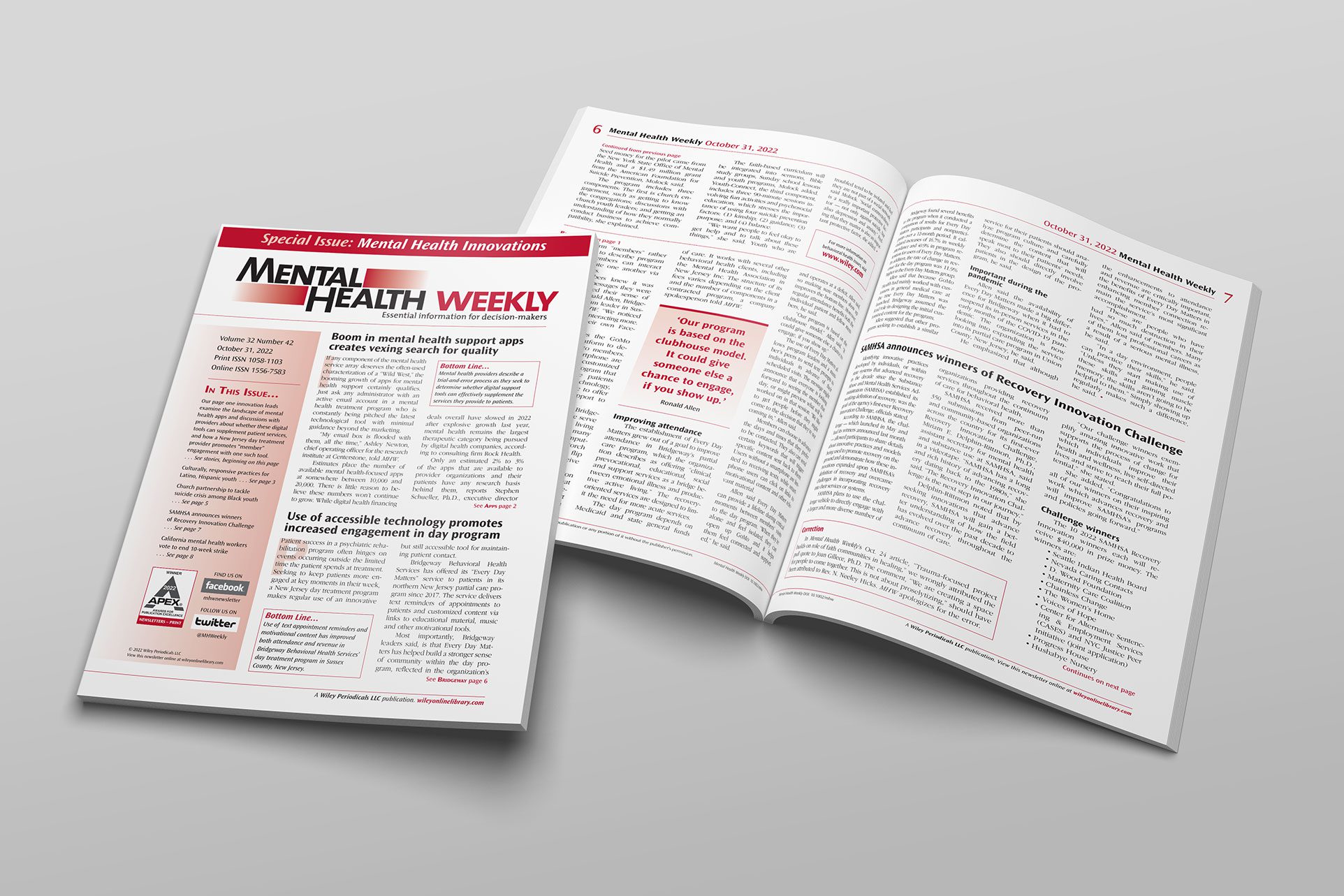Three Patient Satisfaction Lessons in the Wake of COVID-19
“Life is a cruel teacher. She loves to give you the test first and the lesson later.” – Daymond John
The past few months have, indeed, been a test for us. We have had very little training or experience in dealing with a situation of this magnitude, and we received the test before we learned the lessons. Healthcare institutions in some areas have borne the brunt of this situation, but all of us have had to improvise and adapt to the situation. It might seem strange to talk about “patient satisfaction” when certain hospitals and healthcare organizations have been overwhelmed with patients. The reality is, however, that most hospitals in this country have been affected more by the response to the COVID-19 crisis than by the onslaught of COVID patients. Bans on elective surgery and admissions have forced some institutions to lay off workers because they have lost millions in revenue. Yes, lives are more important than revenue, but without fiscally stable healthcare organizations, vital services cannot be offered; “no margin, no mission!”
The present crisis offers us important lessons on how to not only regain lost healthcare customers but to acquire new ones. Other industries have had to quickly adapt with some passes and some fails. Toward this end, I offer three lessons learned from our present “test.”
Lesson 1. Set appropriate expectations
This past Mother’s Day was a prime example of the overzealous desire to meet the needs of our customers. I had ordered dinner for my wife and I from one of her favorite restaurants. I ordered three days in advance for a certain time and received a confirmation email. Come Mother’s Day, the order arrived 2 hours late, cold and incomplete. The next day, the corporate office of the restaurant sent out an email apologizing to all of the people that they disappointed. This email was one of several from restaurant chains apologizing for orders arriving late or not at all.
By trying to meet all of the needs of all of the people, they alienated many customers who have other choices for restaurants. The same applies to healthcare organizations. Setting appropriate expectations is a critical element of patient satisfaction. Additionally, setting conservative expectations on the part of the customer has the added benefit of you possibly exceeding their expectations. If the expected wait for the Emergency Department was 2 hours and the patient was seen in 30 minutes, you have given them service that was better than they expected.
Lesson 2. Communicate!
A few weeks ago, my daughter’s car died, and I decided to give her my car and to get a new one myself. I looked into a company called Carvana, where you select a car online, and they deliver it to your home. I was totally impressed with that company’s customer service. From my first email, they made it their mission to educate me, involve me, and update me as to every step of the process. Through phone calls, text messages and emails, there was no doubt in my mind as to what was going on in the process. Even the delivery truck driver called and texted me as to his progress along the route. After delivery, they called me to assess my satisfaction and sent emails and texts regarding the registration and financing process. After buying my car from them, I felt that they truly did care about how I felt about the process and were invested in my understanding of all aspects of the procedure. I felt like I was a member of their family.
“Clearly, the organizations that communicate well have improved customer satisfaction and loyal consumers.”
The process of buying a car can be a tedious chore. This company, by their exceptional communication with me, made it a pleasant experience. One method of communication with patients that has proven itself to be beneficial is text messaging. The programs offered by GoMo Health have been clinically validated to improve patient knowledge, activation, and satisfaction. Combining text messaging with two-way chat capability magnifies this. Excellent communication has also been proven to enhance patient compliance with treatment regimens.
Clearly, the organizations that communicate well have improved customer satisfaction and loyal consumers.
Lesson 3. “You can’t overdose on empathy.”
On my desk is a picture of eight former students, and on the frame, it says, “You can’t overdose on empathy.” Having taught first-year medical students communication skills for 15 years, that has become my mantra. Patients, even smart-alec ones like me, have certain feelings in common. Many feel scared, helpless, and vulnerable. Admitting to having these feelings can make them embarrassed or inferior. Most of the time, when we ask patients how they feel, they respond, “fine.” I remember a 12-year-old boy who was in his final days of life. I went to visit him and approach his bed and asked, “How are you doing, Mike?” He responded, “Not bad for a kid dying of cancer.” Most of the time, we aren’t able to get frank responses to our questions about feeling, but it is the acknowledgment and validation of those feelings that form an empathetic connection with the patient. Patients who believe that they have been seen, heard, and understood tend to be more satisfied with the healthcare process. An essential part of patient satisfaction is, at every opportunity, sending warm, empathetic messages.
The past few months have, indeed, been challenging for most of us. Even if we have not done well on this test, at least we could learn some valuable lessons for the next time.
Learn more about GoMo Health Concierge Care®
Trust and credibility is fostered with patients through the enhanced health care delivery that Concierge Care provides.






Find Us Online